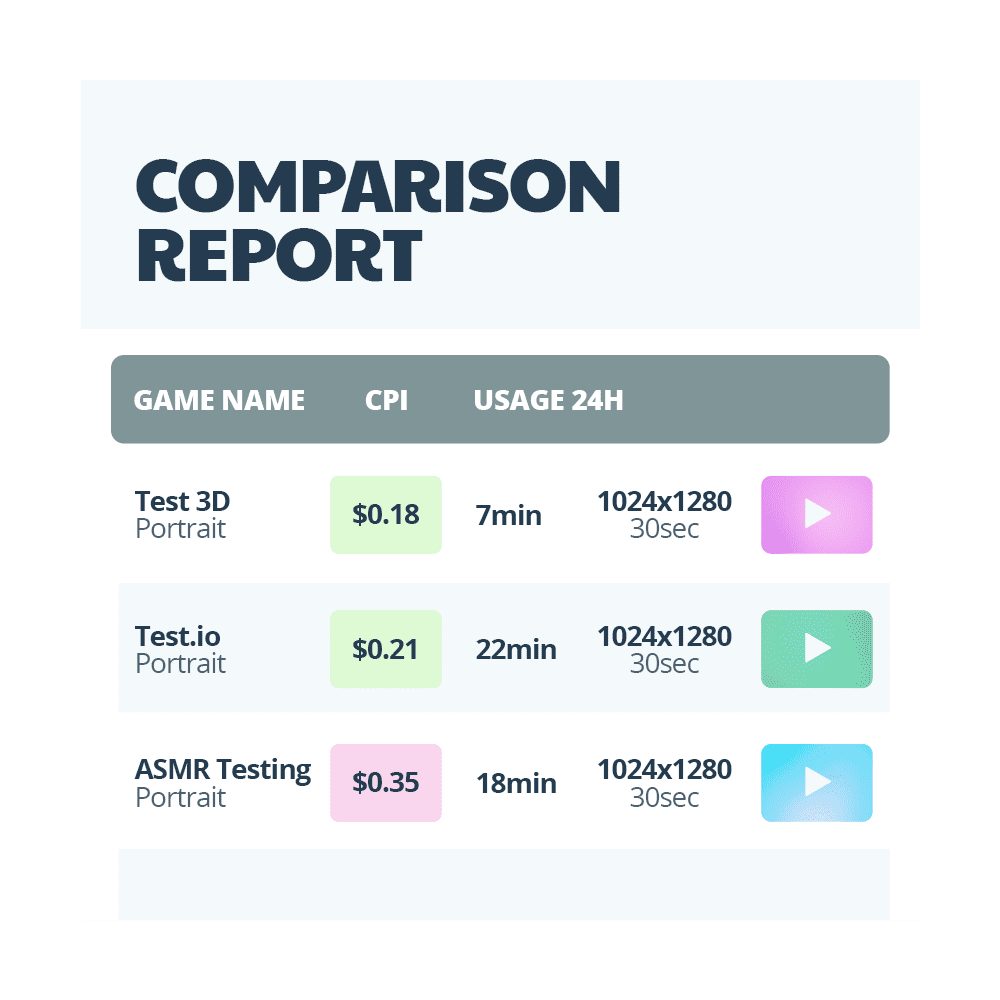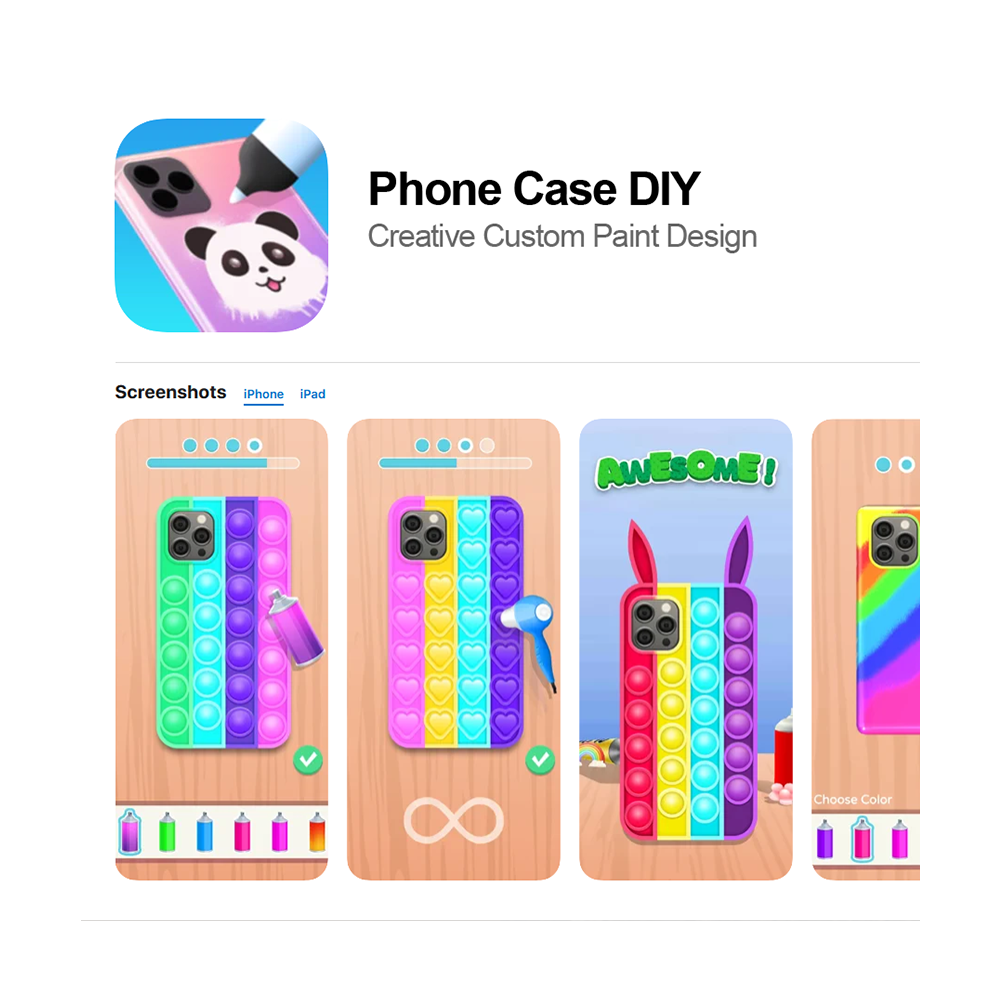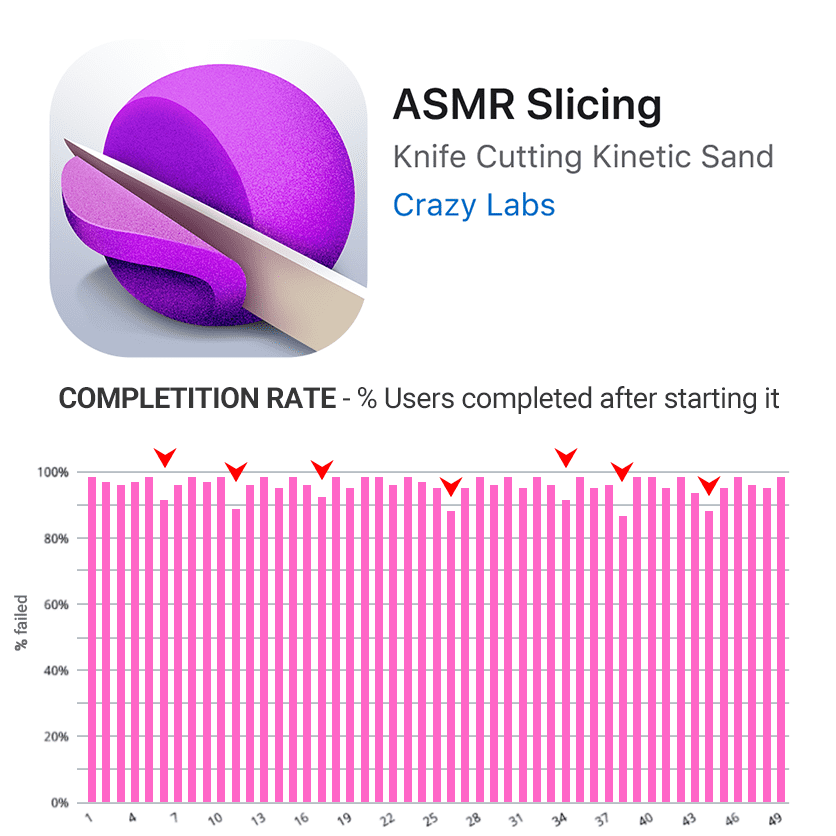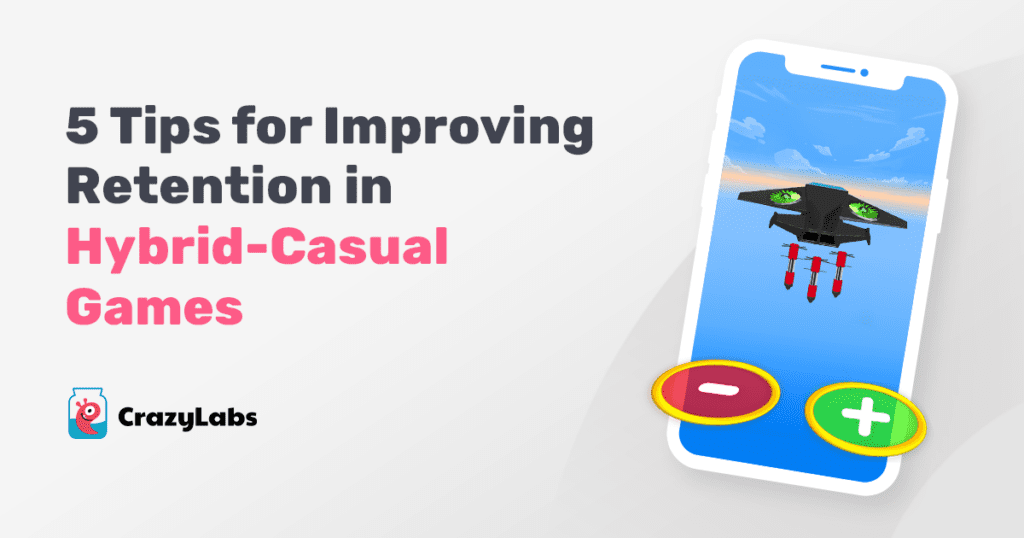Creating and maintaining a successful mobile game involves carefully monitoring various key performance indicators (KPIs). These KPIs provide insights into the game’s performance, player engagement, and revenue generation. Understanding and analyzing these metrics is crucial for game developers and marketers to make informed decisions and optimize their games.
How to Choose the Right Mobile Games KPIs
The first step is identifying the primary goals of the game, such as increasing player retention, maximizing revenue, or enhancing user engagement. Different games may have different objectives; for instance, a casual mobile game might prioritize user engagement and daily active users, while a freemium game may focus more on conversion rates and average revenue per user (ARPU). Ultimately, the right KPIs should provide actionable insights and be closely monitored to track progress and inform data-driven decisions.
#5 24hrs Usage
Nothing provides insights into your players’ experience quite like their activity within the first 24 hours after installing the game. The more they play, ideally for over 16 minutes, the better. This suggests you have an appealing theme, a solid core game loop, and a well-structured level funnel. Most importantly, it signifies the game’s potential to become profitable.

#4 CVR
Your video test conversion rate (CVR) is a crucial indicator that should not be underestimated. If your CVR is significantly low, it suggests that players clicked on the ad but didn’t proceed to install the game. This can indicate potential issues with your store page, such as an incompatible icon, unattractive screenshots, or a heavy app, among other things. Ensure that the store page and the ad accurately reflect the same game experience.

#3 Interstitial Impressions Per User
This indicator shows how many interstitial ads a player has viewed, allowing you to optimize your revenue. If there are too many interstitial ads, the player might quit the game. On the other hand, if there are too few, you may not generate enough revenue to cover the player’s acquisition cost. It’s advisable to place interstitials immediately after a player’s success and continually adjust the frequency to maximize your return on investment.

#2 Level Started vs. Previous Completed
We monitor these two game events and compare their numbers to detect issues in the level funnel and problems within the core game loop. If there’s a significant disparity between these numbers, it indicates that players may not wish to continue playing. In such cases, it’s crucial to investigate and pinpoint the problems within the level funnel and address them.

#1 RV Exposure
Since Rewarded Videos (RVs) typically begin from the 3rd level onward, they serve as a reliable indicator of the game’s attractiveness and ‘stickiness.’ The higher the game’s appeal, the greater the exposure of RVs. However, if RV exposure is low, it may signify that the game lacks appeal, or it could indicate the need to reposition RVs for optimal visibility within the level or on the mobile screen.

Key Takeaways
To effectively leverage core mobile game Key Performance Indicators (KPIs), it’s essential to understand their context and significance in your game’s ecosystem. Each KPI, such as user acquisition, retention rates, daily active users, and average revenue per user, provides vital insights into different aspects of player engagement and monetization. By identifying which KPIs are most relevant to your game’s success, you can focus on those metrics that genuinely drive growth and improvement. This targeted approach ensures that efforts are not wasted on irrelevant data, allowing for more efficient use of resources and a clearer understanding of your game’s performance.
Documenting the specifics of each mobile game KPI is crucial. This involves understanding what each metric measures, the factors influencing it, and how changes in player behavior or game design can impact these numbers. Such documentation aids in creating a cohesive strategy for game development and marketing, ensuring that every team member understands the implications of these metrics on their work. Equally important is the selection of the right KPI monitoring platform. The ideal platform should not only offer comprehensive data collection and analysis tools but also be intuitive and align with your game’s specific needs. By choosing a platform that offers real-time data tracking, customizable dashboards, and in-depth analytics, you can make informed decisions quickly, adapting to the ever-changing dynamics of the mobile gaming market.


